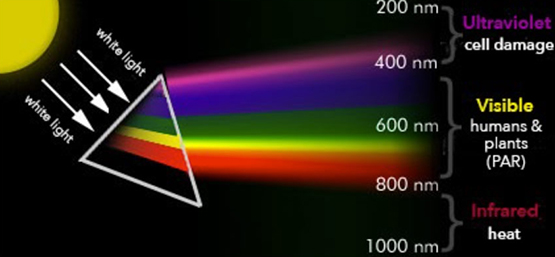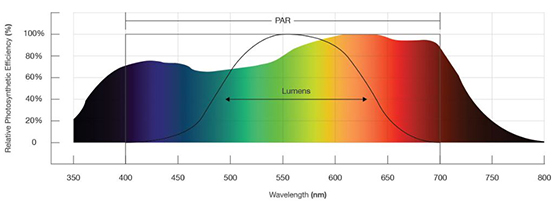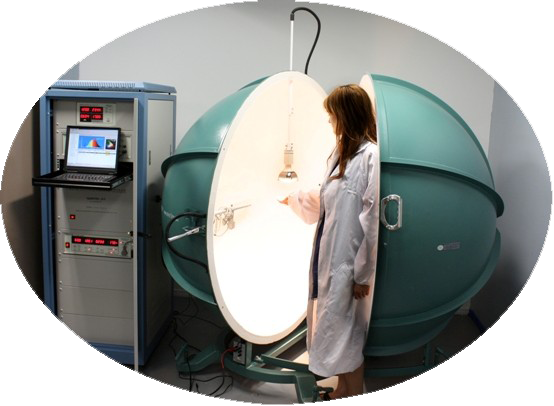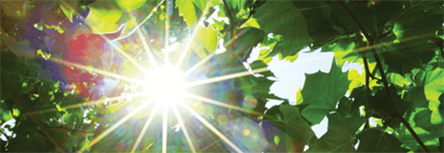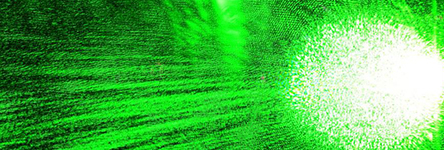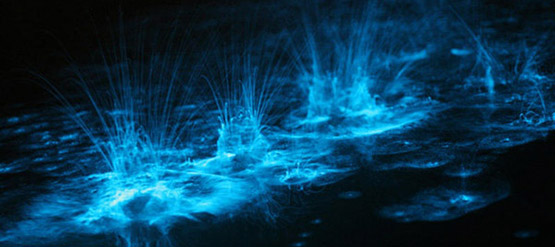LIGHT
HUMANS USE LUMENS
Horticulture Lighting Systems
Plants and people perceive sunlight very differently from one another. Lumens is a unit of measurement based on a model of human eye sensitivity in well-lit conditions, which is why the model is called the photopic response curve to perceive color and light:
Photosynthetic light response curves
This response curve is bell shaped and shows how humans are much more sensitive to green light, than blue or red light. LUX, and foot candle meters measure the intensity of light for commercial and residential lighting applications. LUX uses lumen/m² and foot candle uses lumen/ft².
However, with horticulture lighting systems there is the underrepresentation of blue (400 – 500 nm) and red (600 – 700 nm) light in the visible spectrum. Plants are highly efficient at using red and blue light to drive photosynthesis. Thus, these meters should never be used for this.
PAR
PAR is photosynthetic active radiation. PAR light are the wavelengths of light within the visible range of 400 to 700 nanometers (nm) which drive photosynthesis. PAR defines the type of light needed to support photosynthesis. The amount and spectral light quality of PAR light are the important metrics to focus on.
Quantum sensors are the primary instruments used to quantify the light intensity of horticulture lighting systems. These sensors work by using an optical filter to create a uniform sensitivity to PAR light, and can be used in combination with a light meter to measure instantaneous light intensity or a data logger to measure cumulative light intensity. Thus:
- How much PAR does the fixture produce, measured as Photosynthetic Photon Flux?
- How much instantaneous PAR from the fixture is available to plants, measured as Photosynthetic Photon Flux Density?
- How much energy is used by the fixture to make PAR available to plants, measured as Photon Efficiency?
The three key metrics used to answer these questions are:
PPF
PPF, Photosynthetic Photon Flux, measures the total amount of PAR that is produced by a lighting system each second. This measurement is taken using a specialized instrument called an integrating sphere that captures and measures essentially all photons emitted by a lighting system, expressed in micromoles (μmol)/sec.
PPF cannot indicate how much of the measured light actually lands on the plants, but is an important metric to calculate the efficiency of a lighting system to create PAR.
PPFD
PPFD, Photosynthetic Photon Flux Density, measures the amount of PAR, the number of photosynthetically active photons, that fall on a specific location on your plant canopy. It is measured in μmol/m²/sec.
In order to know the true light intensity of a lamp over a designated growing area, the average of several PPFD measurements at a defined height should be taken, because horticulture lights are generally brightest in the center, and decreasing towards the edges of the coverage area.
As PPFD data can easily be manipulated, the systems manufacturer should state:
- measurement distance from light source (vertical and horizontal),
- number of measurements included in the average, and
- the min/max ratio.
One should know the average PPFD over a defined growing area at a recommended mounting height for each lighting system.
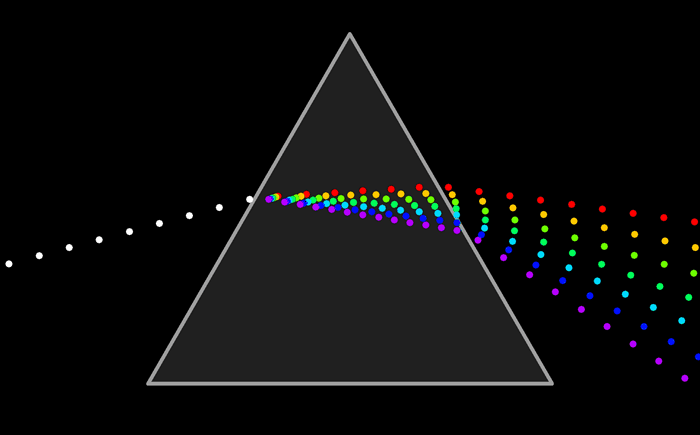
Photon Efficacy
Photon Efficacy refers to how efficient a horticulture lighting system is at converting electrical energy into photons of PAR. Total electrical watts or watts/sf are a measurement describing electrical input, but not light output.
If you know the PPF of the light and the input wattage, then you can calculate how efficient a horticulture lighting system is at converting electrical energy into PAR.
PPF is measured in μmol/s, and the watts are measured in Joule/sec (J/s). Since the seconds in the numerator and denominator cancel out, the unit becomes µmol/J. The higher this number is, the more efficient a lighting system is at converting electrical energy into photons of PAR.
CONCLUSION
Besides these 3 metrics there are other variables such as form factor and coefficient of utilization (CU) that need to be considered as well, for selecting the most appropriate systems based on your cultivation and business goals.
